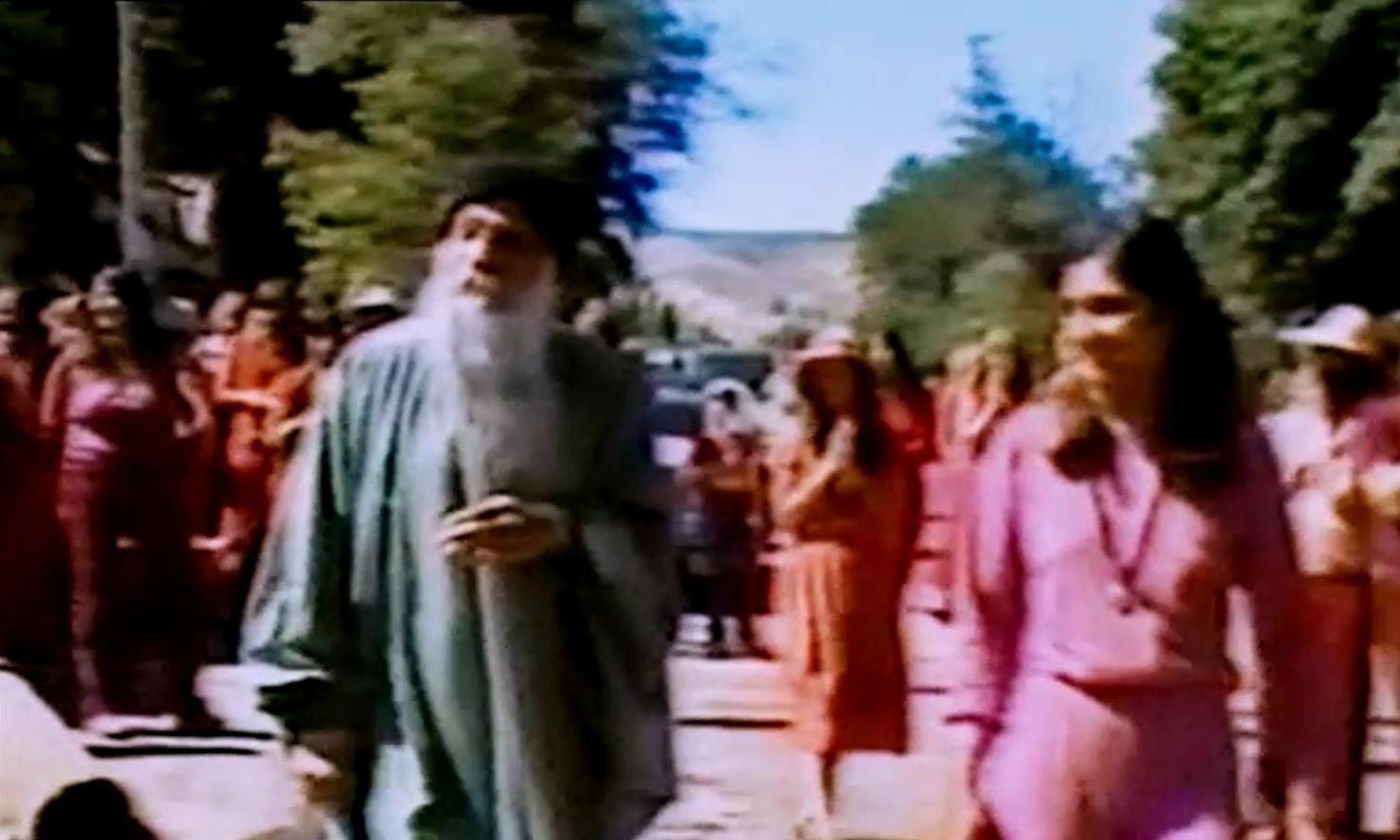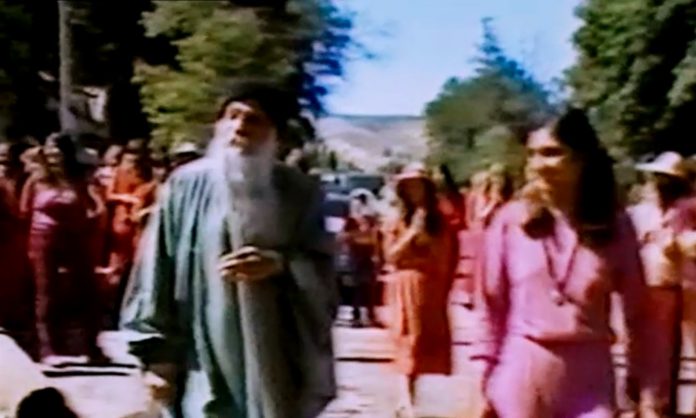
Describing the plot of the Netflix documentary Wild Wild Country isn’t an easy or a quick business. The Oregon-based cult at the center of the series was involved in wiretapping, voter suppression, bioterrorism, free love, local ranchers, separation of church and state, as well as vintage car collecting, according to the doc. This chapter in history from the ’70s and ’80s has been largely forgotten, after what happened to Rajneeshpuram. But the group’s beliefs still live on in some form.
“When we tell stories of cults,” said Wild Wild Country executive producer Mark Duplass in the official Netflix press materials, “we tend to demonize them. But these people were smart, charismatic. They had great intentions. If I was alive around this time, I might have joined up with them. And that’s what’s special about what the [filmmakers] have done here — they’ve made a series in which all sides get a fair shake.”
Ashrams like the one where Bhagwan Shree Rajneesh made his name are on the whole uncommon in India. The word simply means religious retreat, removed from modern society. According to the official Netflix press materials, the second episode of the series covers the Indian origin of Bhagwan Shree Rajneesh’s American compound. That’s where you learn about the original center of the guru’s teachings. The synopsis reads:










